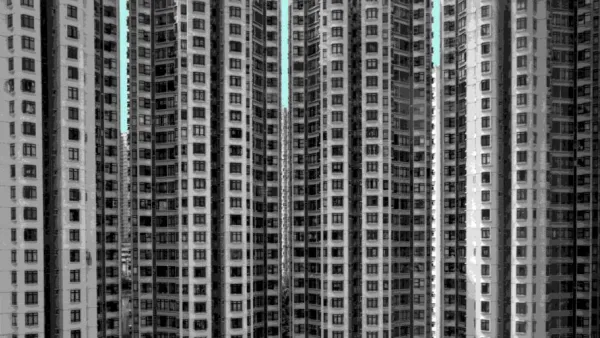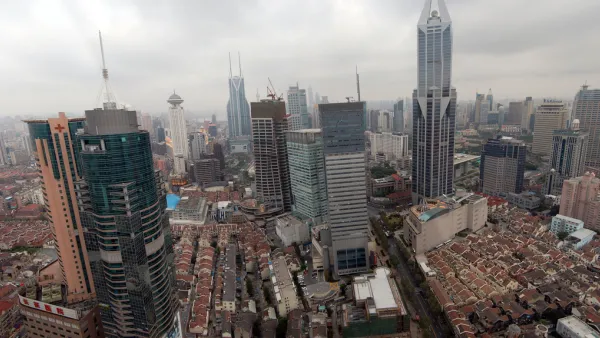A 2,000 year old household registration system in China ties temporary urban workers to rural life.
Chinese migrant workers have little incentive to become permanent residents of the cities they inhabit and work in temporarily while saving up to retire with their families in rural China. Of the 160 million who leave family farms to find work in cities, only 33 million bring their families along.
According to the Director of the Center for Chinese Studies at the University of Michigan Mary Gallagher, rural Chinese value their land and are not willing to give it up for city life where unemployment and a high cost of living are real risks. Because the Chinese government owns all land in China and farmers cannot lease or mortgage it, city workers leave behind relatives who can work the farmland, which provides enough food to feed its tenants.
An added challenge to permanent urbanization in China is the current organization of the household registration system, "hukou."
Tying rural workers to their land, the 2,000 year old hukou system categorizes all Chinese citizens as either rural or urban and links all their social benefits such as health care, education and pension to their place of birth.
Temporary urban workers are not eligible for subsidized public housing, public education beyond elementary school, medical insurance or welfare payments.
While the new administration of Xi Jinping believes in continued urbanization for economic growth, according to Chen Xiwen, head of the Communist Party office on rural policy, China's real urbanization rate is only about 35% rather than the official 53%.
Some cities are more accommodating than others, however. Since the 1990s, Shanghai, Shenzhen and Guangzhou have been allowing people to apply for local hukous if they buy property or invest a large sum in the city. Shanghai also allows those who have lived in the city as temporary tax-payers for seven years to qualify.
FULL STORY: China’s rural-urban balancing act

Analysis: Cybertruck Fatality Rate Far Exceeds That of Ford Pinto
The Tesla Cybertruck was recalled seven times last year.

National Parks Layoffs Will Cause Communities to Lose Billions
Thousands of essential park workers were laid off this week, just before the busy spring break season.

Retro-silient?: America’s First “Eco-burb,” The Woodlands Turns 50
A master-planned community north of Houston offers lessons on green infrastructure and resilient design, but falls short of its founder’s lofty affordability and walkability goals.

Test News Post 1
This is a summary

Analysis: Cybertruck Fatality Rate Far Exceeds That of Ford Pinto
The Tesla Cybertruck was recalled seven times last year.

Test News Headline 46
Test for the image on the front page.
Urban Design for Planners 1: Software Tools
This six-course series explores essential urban design concepts using open source software and equips planners with the tools they need to participate fully in the urban design process.
Planning for Universal Design
Learn the tools for implementing Universal Design in planning regulations.
EMC Planning Group, Inc.
Planetizen
Planetizen
Mpact (formerly Rail~Volution)
Great Falls Development Authority, Inc.
HUDs Office of Policy Development and Research
NYU Wagner Graduate School of Public Service



























